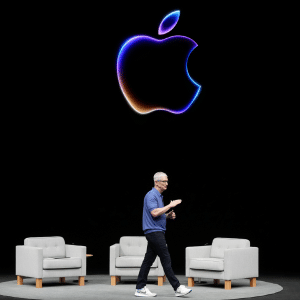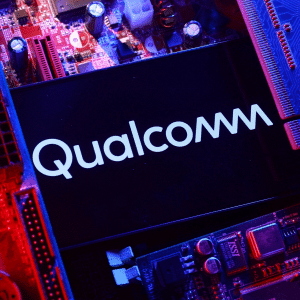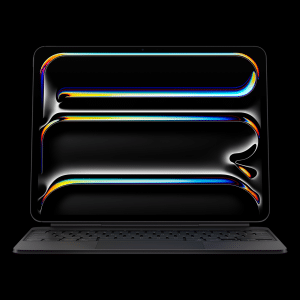BYD’s Blade battery is a groundbreaking advancement in EV battery technology. Known for its slim design and high energy density, the Blade battery offers several key advantages over traditional lithium-ion batteries. One of the most significant benefits is its safety profile—Blade batteries are designed to be more resistant to overheating, a common issue with many EV batteries. Additionally, they provide longer life cycles and improved efficiency, which are essential factors for the mass adoption of electric vehicles.
For Apple, adopting Blade battery technology would have meant incorporating cutting-edge power solutions.

The Promise of BYD’s Technology for Apple Car
The Apple Car is rumored to be a highly innovative vehicle, one that would leverage Apple’s strengths in design, software, and hardware. In this context, partnering with BYD for their Blade batteries seemed like a logical move. BYD is one of China’s largest EV manufacturers and has been leading the charge in battery innovation, making the collaboration a strategic fit.
Had the collaboration continued, Apple’s EV could have been powered by batteries that not only increased range but also provided superior safety features, a factor that’s becoming increasingly important as consumers become more aware of the potential risks associated with battery-powered vehicles. Furthermore, the compact design of the Blade battery could have given Apple more freedom to design a sleek and futuristic vehicle, aligning with its reputation for minimalist aesthetics and groundbreaking engineering.
Why the Apple-BYD Partnership Ended
Despite the potential advantages of BYD’s Blade battery technology, the partnership between Apple and BYD eventually ended. Several factors likely contributed to the breakdown of this collaboration. One major issue could have been Apple’s desire for control. Apple is known for keeping tight control over its supply chain and product development, and this might have clashed with BYD’s role in the partnership.
Another possible reason is the technical challenges of integrating BYD’s battery technology with Apple’s broader vision for its car. Developing a car from scratch requires seamless integration between hardware and software, and even small discrepancies between components can lead to larger design issues. It’s also possible that the logistical complexities of working with a Chinese company, especially in light of increasing geopolitical tensions, may have played a role.

What’s Next for Batteries?
While the failed partnership with BYD marks a setback for Apple’s EV project, it doesn’t spell the end. Apple is reportedly in talks with other battery suppliers, such as CATL and Panasonic, both of which have strong reputations in the EV industry. These companies supply batteries to some of the world’s leading automakers, including Tesla, meaning Apple still has access to cutting-edge battery technology for its car.
Additionally, Apple has been focusing on its in-house development, with reports indicating that the company may eventually develop its own battery technology. Apple has already shown its capacity for innovation in other areas, such as the M-series chips that power its latest devices. It wouldn’t be surprising if Apple follows a similar path with battery technology, aiming for a fully integrated solution that provides unmatched performance in the EV space.
The Broader Implications for Apple and the EV Industry
The dissolution of the Apple-BYD partnership highlights the broader challenges Apple faces as it moves into the highly competitive and complex EV market. Unlike smartphones or laptops, electric vehicles involve a much more intricate production process, requiring collaboration across multiple industries. Apple, which is used to controlling every aspect of its products, may need to adapt its approach if it hopes to succeed in this new arena.
However, if Apple can overcome these hurdles, the Apple Car has the potential to disrupt the EV industry much like the iPhone did with smartphones. With a strong focus on user experience, software integration, and innovative design, Apple is well-positioned to create a vehicle that stands out from its competitors.
The collapse of Apple’s partnership with BYD over Blade batteries marks a notable moment in the ongoing saga of the Apple Car. While the collaboration had the potential to bring advanced battery technology to Apple’s EV, the end of the partnership means Apple will need to find alternative solutions. Whether through new partnerships or in-house development, Apple’s commitment to the EV market remains strong, and its eventual entry into the space is expected to have a significant impact.

As the company continues to navigate the challenges of building an electric vehicle, the world watches to see if Apple can once again revolutionize an industry with its Apple Car.







